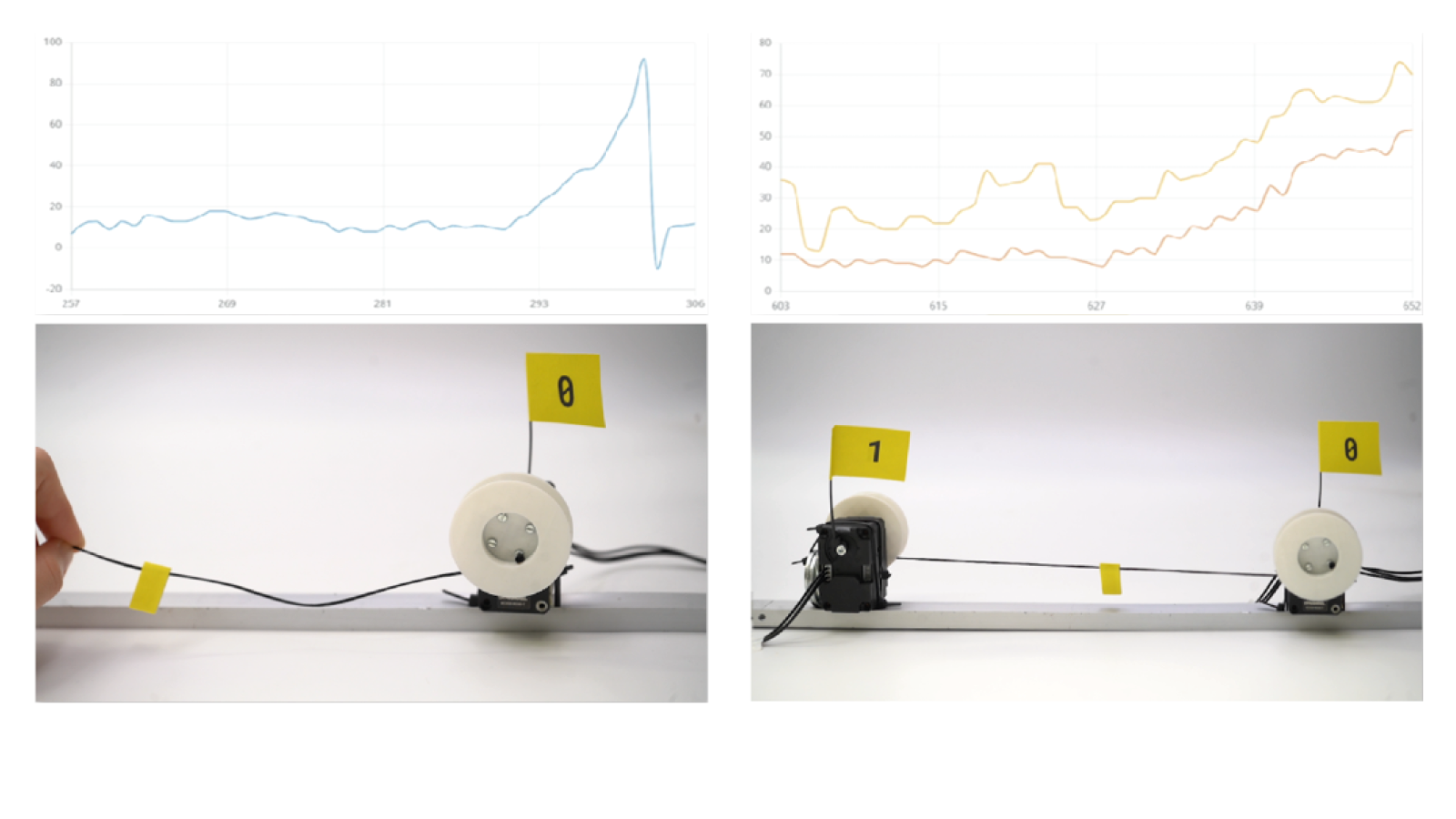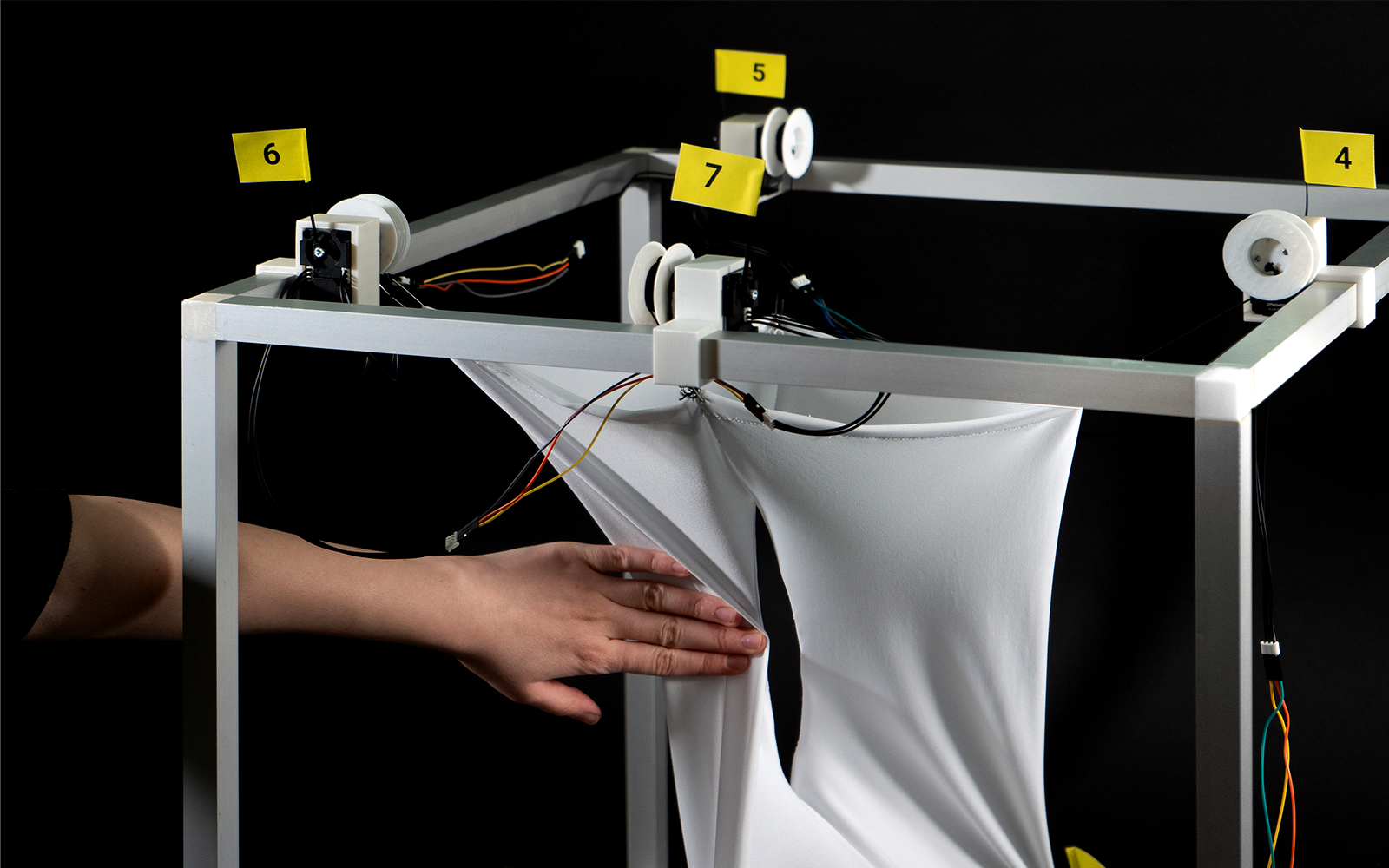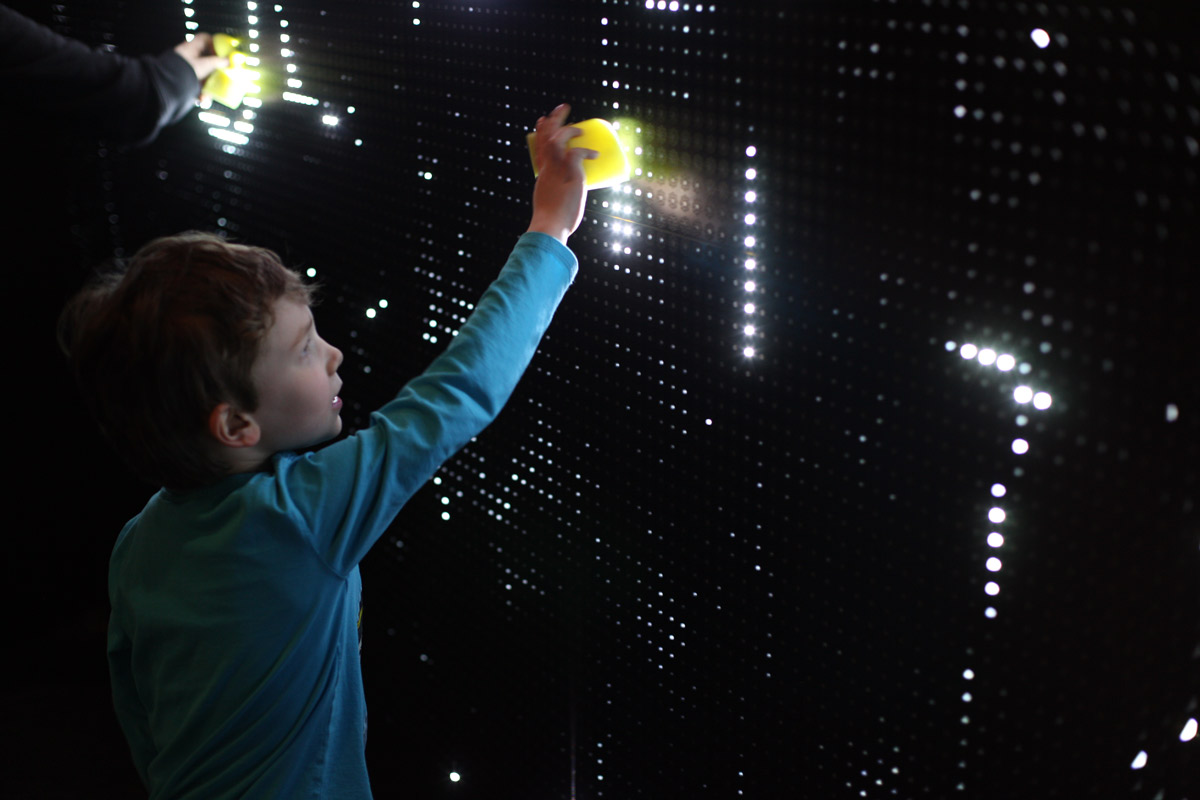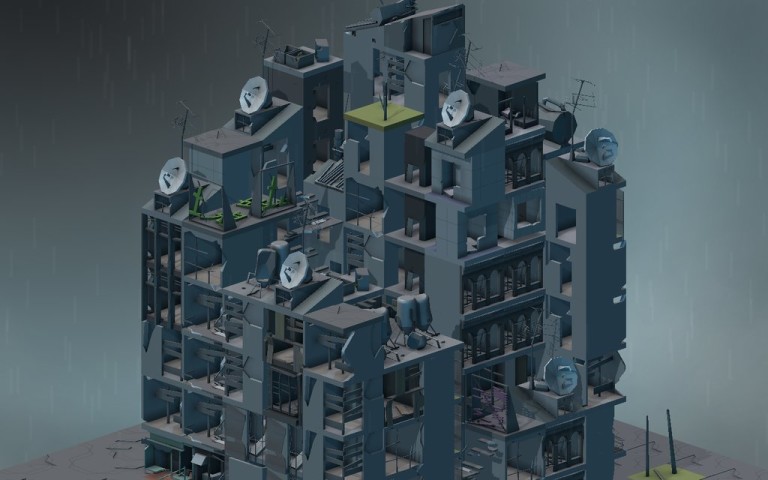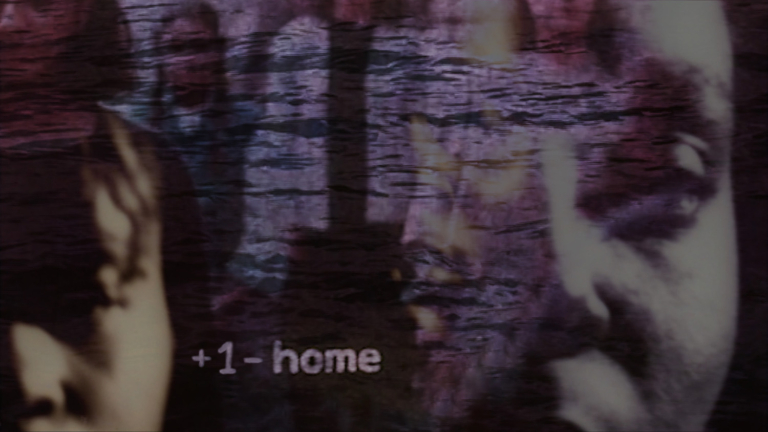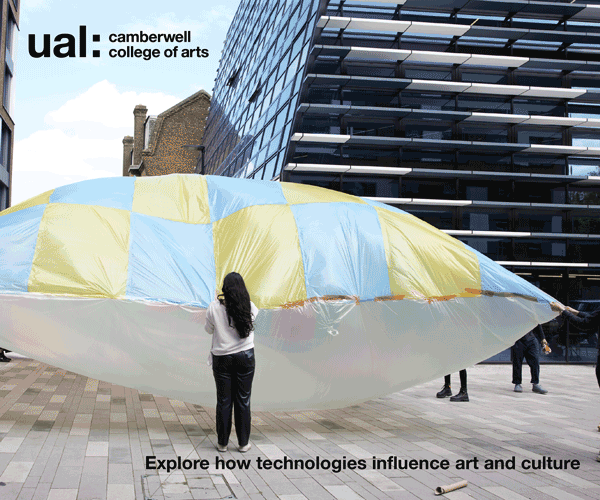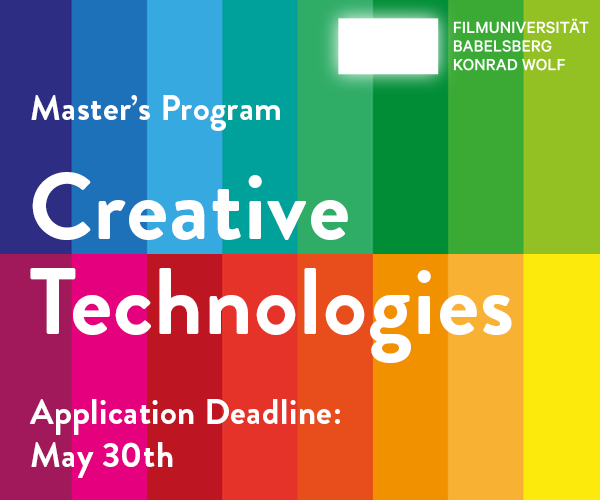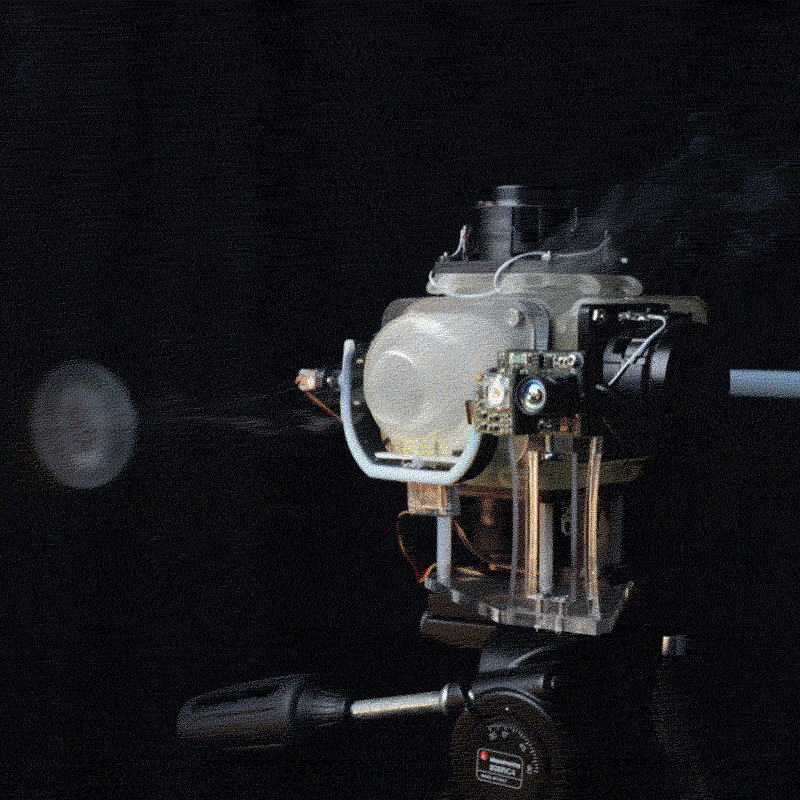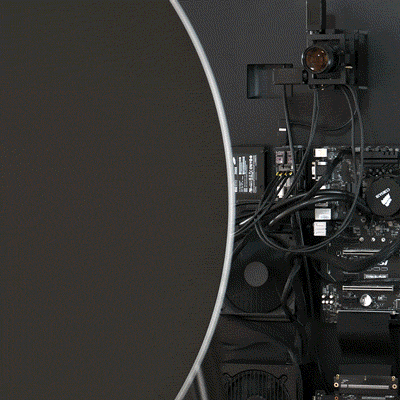‘Equilibrium Morphologies’, a project developed by Fabian Eidner and Alina Turean at the Institute for Computational Design and Construction (ICD/University of Stuttgart), investigates how complex articulated membrane structures can be erected and tensioned through emergent behaviors of interacting forces and explore multiple states of equilibrium.
The structural capacities of membranes unfold in the state of equilibrium — a state in which the entire structures is fully under tension and thus utilizes the lightest material means for spatial organization. Achieving this specific structural condition, however, is notoriously difficult as the geometrical description of elastic materials is mathematically inexpressible and does not follow predictable patterns.
To resolve these complex material interdependencies, this project proposes a hybrid approach: consisting of a physical sensory modeling interface and a computational, behavior-based framework.
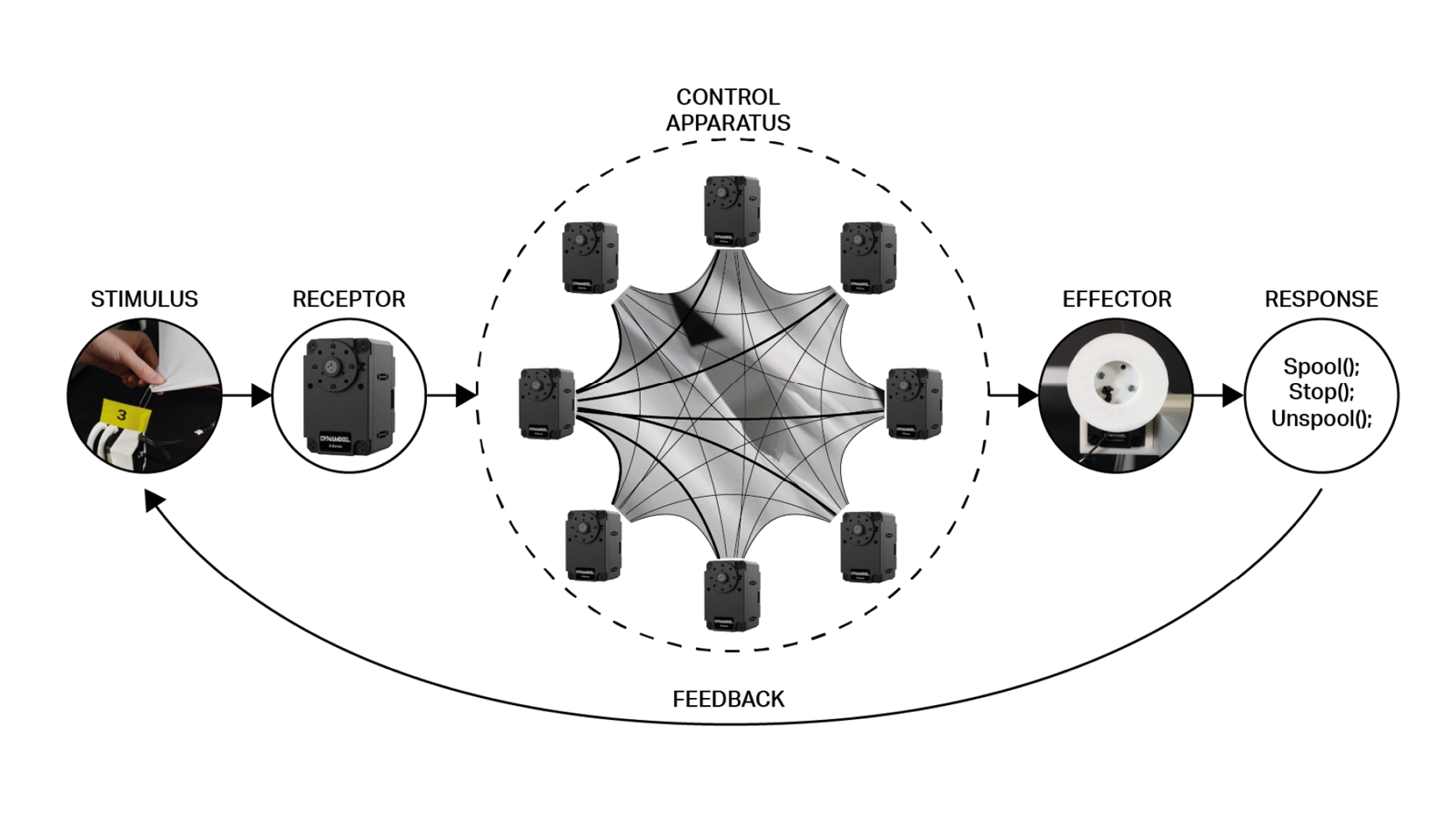
The technical setup comprises a collection of eight dynamixel 420m servo motors, that are interconnected through a stretchable membrane, and due to their ability to sense torque forces, able to communicate with each other. Connected to a Motor Shield of an Arduino, the motors are capable of sensing and transferring the torque/load data to a digital interface. Depending on the measured torque value and a user-defined target value, a respective set of three simple functions dictate each motor’s behavior:
- if measured torque is lower than target value -> motor spools
- if measured torque value equals target value -> motor stops
- if measured torque is higher than target value -> motor unspools
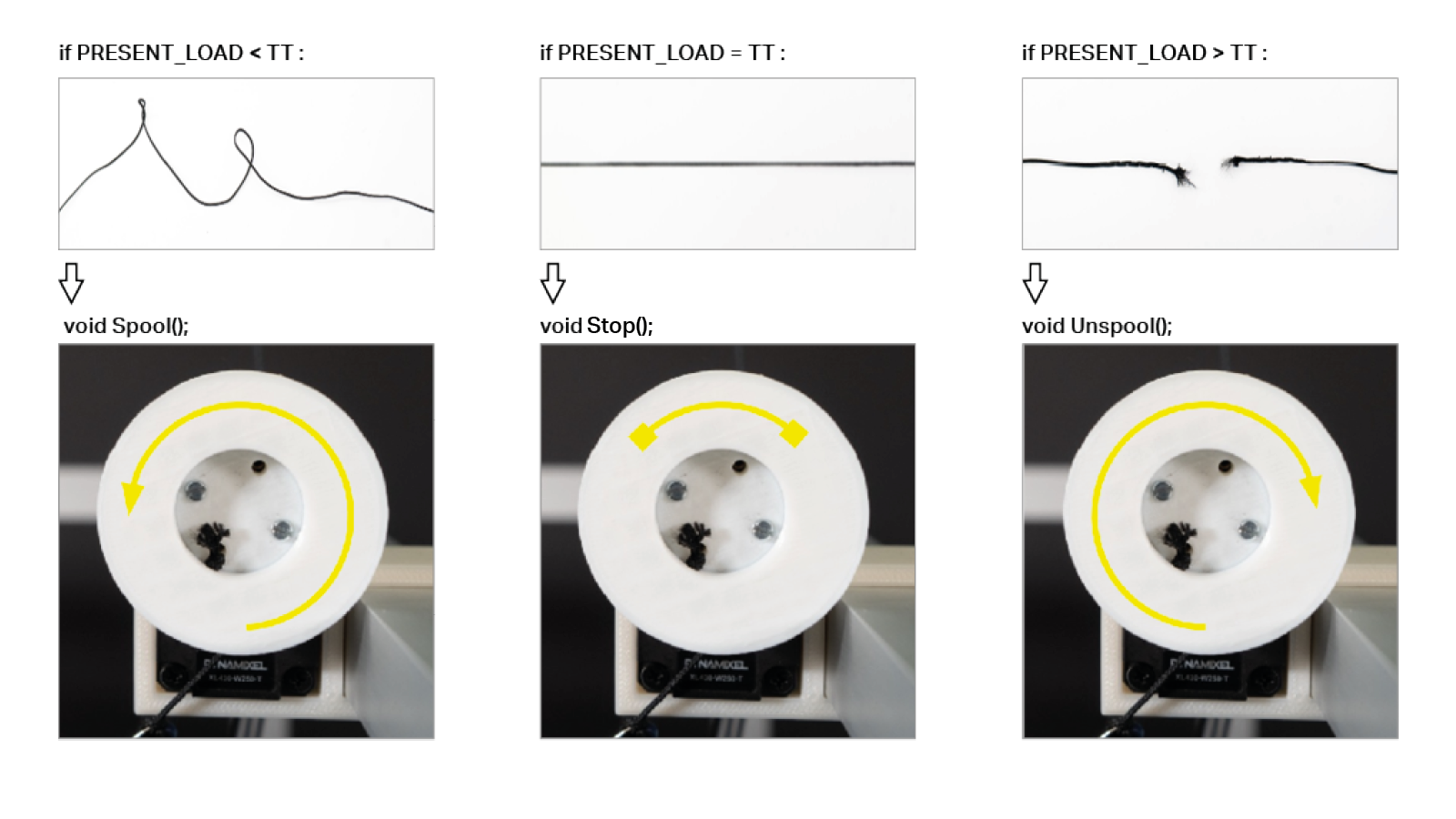
Only if all eight motors come to a halt, the target tension-value is reached and thus an equilibrium state of the structure is found. The membrane can now be physically manipulated, the motor chassis maneuvered or the target-value tuned.
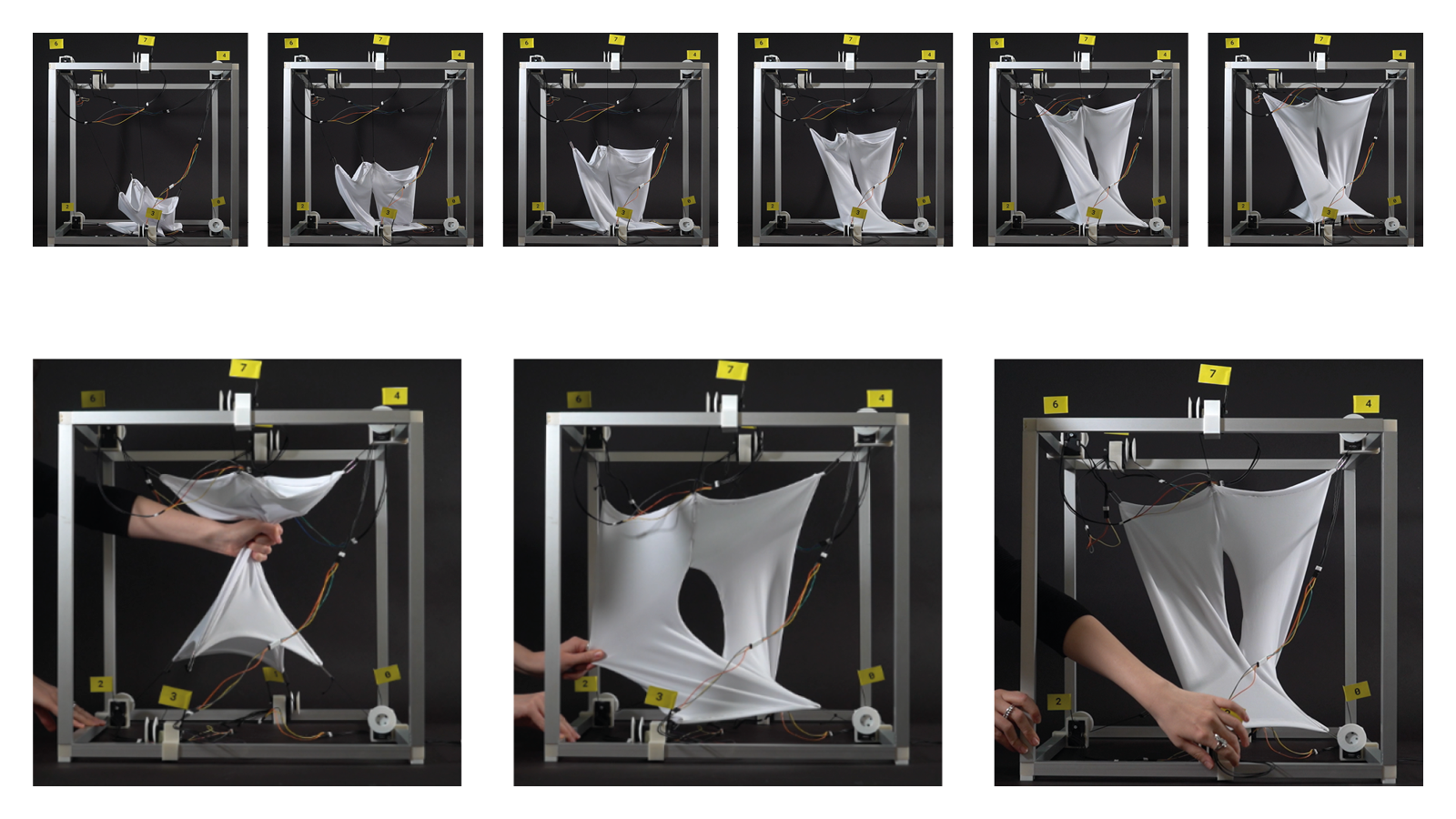
This behavior-driven approach allows for self-tensioning and real-time adaptation of the membrane structure performed in a fully autonomus manner. This interactive interpretation of form-finding shall demonstrate how tension-active systems behave in ever-changing environments and expose new avenues in the behavioral side of architecture and engineering.
Project Page | Instagram | ICD
